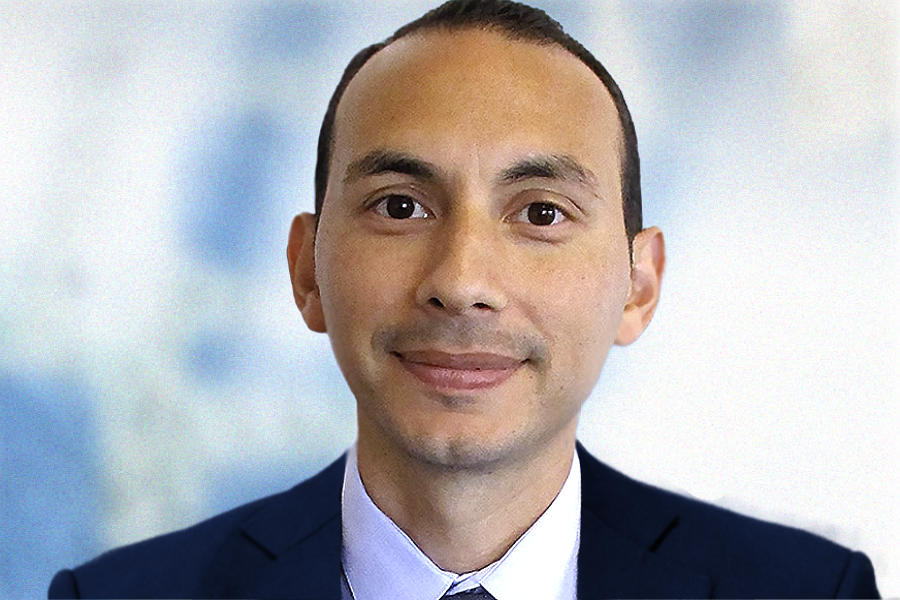Systematic trading is often associated with highly liquid instruments, but asset managers have outlined success stories in less liquid debt markets, at the Fixed Income Leaders’ Summit 2025 in Washington DC, on Wednesday 11 June. This has been enabled through better access to data, including proprietary tools to gather information, and careful control of technology.

Manuel Hayes, senior portfolio manager, Insight Investment said, “The opportunity [of systematic trading] is alpha generation. If you get good data and processes every step of the way that can lead to alpha. High yield is a beautifully inefficient asset class. There’s so many pockets of opportunity and alpha generation in high yield; the distressed segment, BBB, [so] if you get good data into your investment process from the start through alpha generation signals into portfolio construction and all the way through to implementation and after, that leads to opportunities.”
Buy-side firms that have succeeded in taking a vision for systematic trading and supporting that with budget, have been able to secure not only the data needed, but also the means to process that data in order to define trading and investment strategies, and then apply them.

Susan Joyce, head of municipal bond trading & FI market structure at AllianceBernstein, said, “The big piece that allowed us to build out [a systematic] strategy in municipal bonds was a data aggregator, to clean and structure data. We’ve had that for over a decade now. We’re able to use that to marry our strategies, how we’re thinking about optimizing portfolios, the goals of those portfolios, and match that against the opportunities in the market.”
A firm needs to track multiple components of market activity and its own strategy in order to successfully deliver on investment goals, including a robust pricing model, liquidity, transaction costs, and the price that the investor expects to realise, all of which need to be reviewed against opportunities in the market.
“All of that data analysis is happening in real time, and it’s really important to have it structured,” she said. “For that reason, this is one area where it’s important to have some of your models be built in house. I think having a really good understanding of that, like there’s an edge here, there’s still an edge in systematic trading,”
Hayes agreed with Joyce that to control that edge, required control of ones technological capabilities, proprietary or otherwise.
“You have to assess internal versus external, build versus buy,” he said. “From a buy side, asset management perspective, you’ve got to grow fast in the technology world, because it’s very slow moving versus sell side, versus hedge funds and versus other quantitative matching strategies, so asset management needs to grow fast in order to catch up.”
©Markets Media Europe 2025













